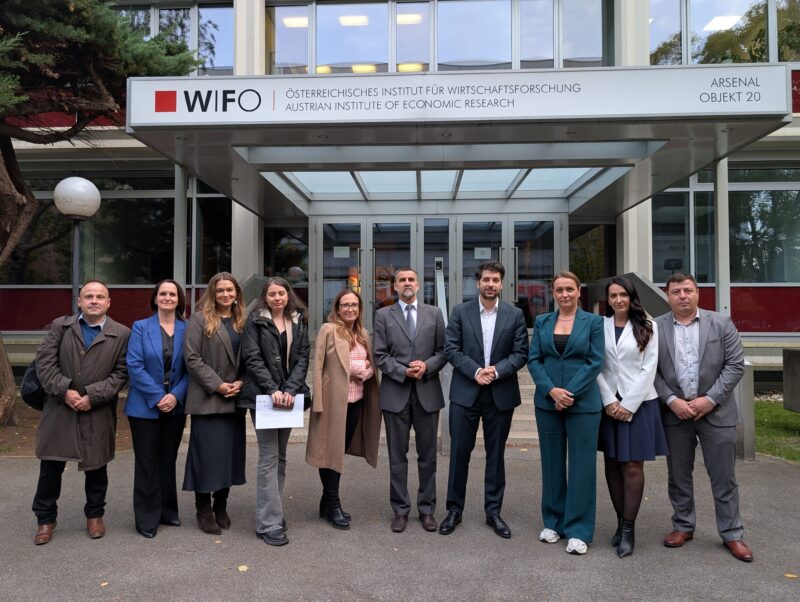
Expectations in the Retail Trade and Among Consumers Deteriorated
The domestic business cycle is showing the first signs of recovery. According to the WIFO flash estimate from the end of April, economic output increased by 0.2 percent in the first quarter of 2025 (compared to the previous quarter, adjusted for seasonal and working-day effects). The economy thus grew again for the first time in around 2½ years, with industry developing positively, while consumption and trade remained subdued.
Adjusted for calendar effects, sales in the domestic retail trade (excluding motor vehicles) were moderately good in both February (+3.9 percent in value, +2.0 percent in volume compared to the previous year) and March 2025 (+3.5 percent in value, +1.7 percent in real terms, preliminary figures). Growth in the non-food sector was weaker in March but remained solid in the food sector. On an unadjusted basis, however, sales fell in volume in both months.
After inflation (CPI) stood at +2.9 percent in March 2025, it rose to 3.1 percent in April according to Statistics Austria's flash estimate. According to the HICP, it was 3.3 percent and thus above the euro area average (2.2 percent).
The mood among domestic retail companies has deteriorated again in recent months. In the April survey of the WIFO business cycle survey, both the index of current business situation and business expectations fell. Compared to Germany, however, the mood in the retail trade, as measured by the European Commission's economic sentiment indicator, has deteriorated somewhat less sharply since the beginning of the year.
Consumer confidence also fell noticeably in April, particularly in relation to expectations for the next 12 months. The government's budget consolidation measures, which also affect households, are likely to have an impact on the assessment. The weak consumer spending will therefore continue for the rest of the year, with more growth and a greater willingness to spend on the part of private households not expected until next year.
On the labour market, the number of unfilled vacancies fell again in April (total economy –12.7 percent). In March, 9,493 vacancies in the retail trade (including motor vehicles, according to NACE 2025) could not be filled promptly, compared to 81,740 in the total economy.
The number of insolvencies opened remained high in the first quarter of 2025. A total of 1,134 insolvencies (according to KSV1870) were opened; +4.1% compared to the previous year. In trade as a whole there were 215 cases; +7% compared to the previous year.
Publications
Please contact



















